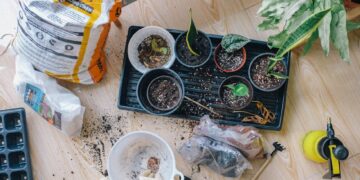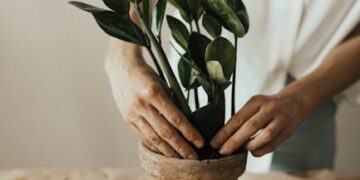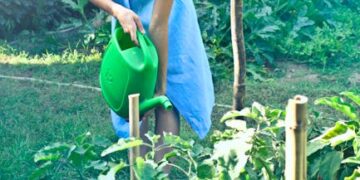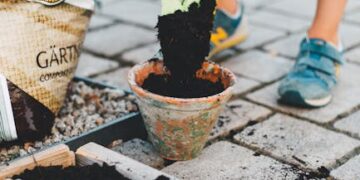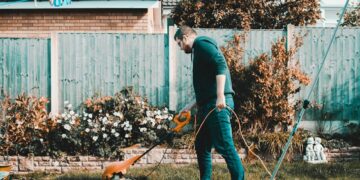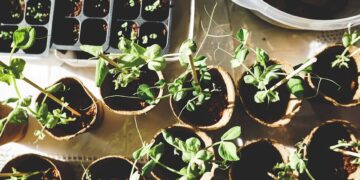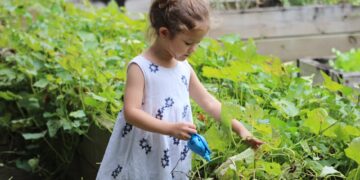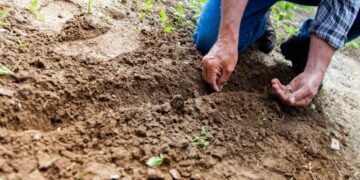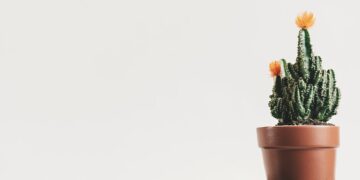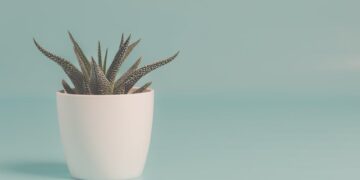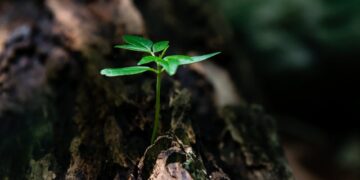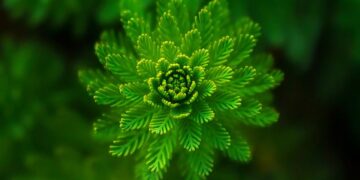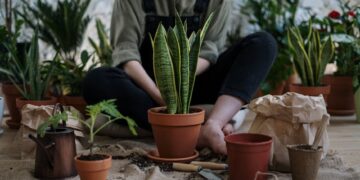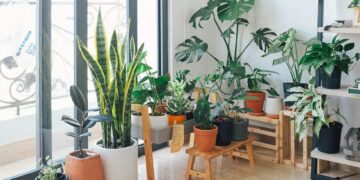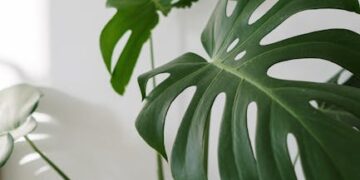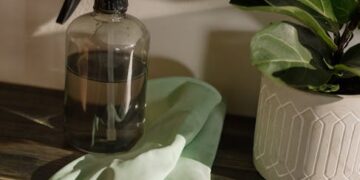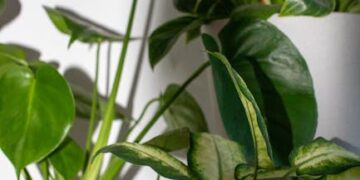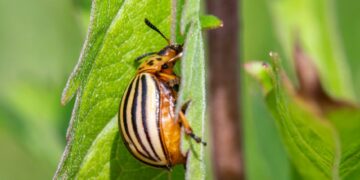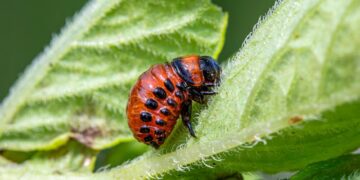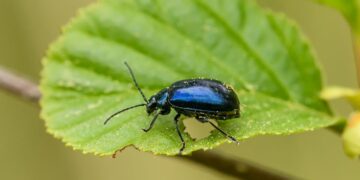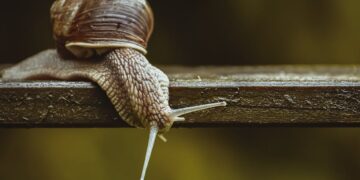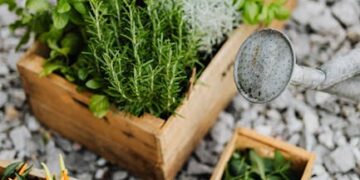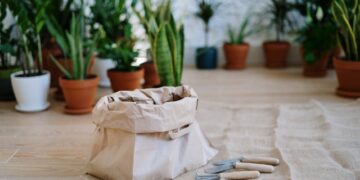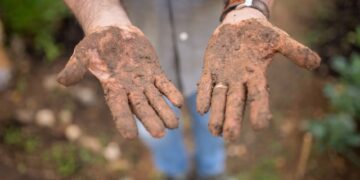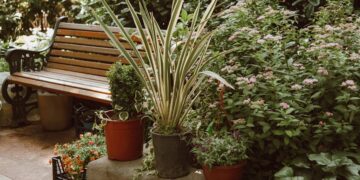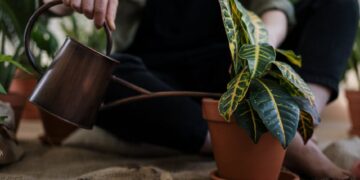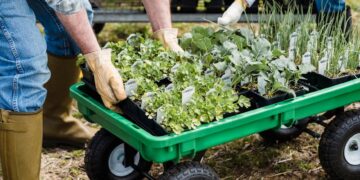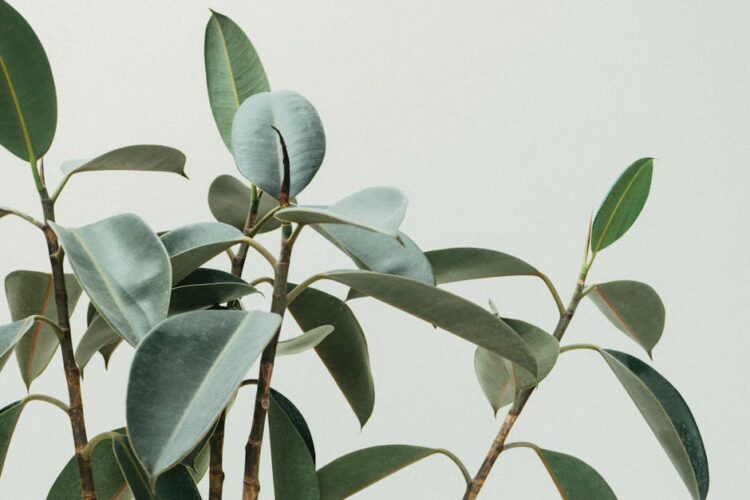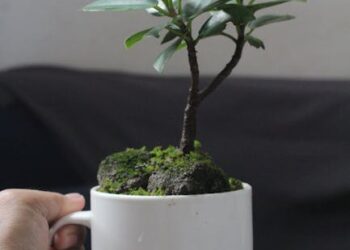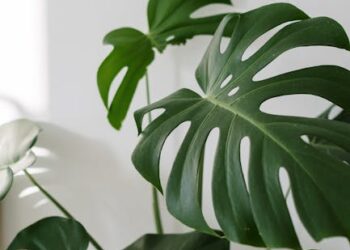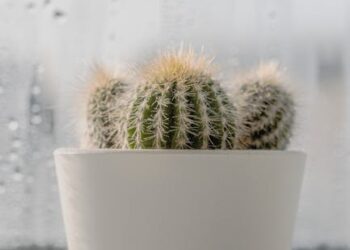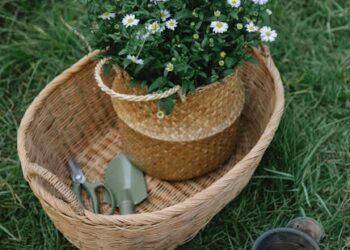Transform Your Home into a Lush Oasis: The Ultimate Guide to Indoor Garden Setup
Introduction
Imagine your home not just as a place to live, but as a vibrant green sanctuary. Indoor gardens bring a slice of the outdoors inside, enhancing your home with lush foliage, vibrant flowers, and even fresh vegetables and herbs. Whether you have a small apartment or a large home, introducing an indoor garden can improve air quality, boost your mood, and add a decorative touch. This guide will show you how to convert any space into a thriving, beautiful indoor garden.
Choosing the Right Location
Assessing Light Availability
The first step in setting up an indoor garden is to determine the best location based on light availability. Most houseplants require good lighting to thrive. South-facing windows typically receive the most light, making them ideal for sun-loving plants. East or west-facing windows can be suitable for plants that need moderate light, whereas north-facing windows are best for plants that thrive in low light conditions.
Considering Space and Layout
Your available space and layout are also crucial. Vertical gardens or hanging plants are perfect for smaller spaces, utilizing vertical space without crowding your living areas. Larger spaces can accommodate bigger planters or even indoor green walls for dramatic effect.
Selecting Your Plants
Understanding Plant Needs
Every plant has specific light, water, and temperature needs. Succulents, for example, require a lot of light but little water, making them low-maintenance and perfect for sunny spots. Ferns, on the other hand, thrive in moist environments and can do well in shadier parts of your home. It’s important to choose plants that will thrive in the conditions you can provide.
Mixing Plant Varieties
Incorporating a variety of plants creates visual interest and diversifies the ecological benefits of your indoor garden. Try mixing leaf sizes, textures, and colors. Tall plants like fiddle leaf figs can be paired with cascading greenery like ivy. Adding flowering plants like peace lilies can introduce soft colors and subtle scents.
Essential Supplies and Tools
Equipping yourself with the right tools and supplies will make the process of creating and maintaining your indoor garden easier. Here’s what you’ll generally need:
- Pots and Containers: Ensure they have good drainage to prevent overwatering.
- Quality Potting Soil: Specific to your plants’ needs. Special mixes are available for succulents and orchids.
- Watering Can: With a long spout to reach all your plants easily.
- Fertilizer: Nutrients are crucial for plant health, but the type and frequency depend on the plant species.
- Pruners: For keeping plants tidy and managing growth.
Setting Up Your Indoor Garden
Planting and Arranging
Start by filling your containers with the chosen potting mix. Arrange the pots bearing in mind both aesthetic and the plants’ requirements. Some plants might need more space to spread out, while others grow better in compact spaces. Group plants with similar requirements together to simplify care.
Creating an Ideal Environment
Maintain the humidity levels—important especially for tropical plants. Regular misting or a small humidifier can help. Also, ensure adequate ventilation to prevent diseases and keep the air fresh for both you and your plants.
Maintenance Tips
Watering Wisely
Overwatering is a common mistake. Check soil moisture before watering; the top inch should be dry. Water deeply but infrequently to promote healthy root growth.
Light and Temperature Control
Rotate your plants periodically to ensure they grow evenly, as they tend to lean towards the light source. If natural light is insufficient, consider supplemental LED grow lights. Keep your home temperatures stable, as most houseplants prefer temperatures between 65°F and 75°F.
Fertilizing and Pruning
Fertilize during the growing season (spring and summer) and prune as needed to remove dead or overgrown branches, which encourages fresh growth and maintains the plants’ appearance.
Tackling Common Challenges
Dealing with pests and diseases promptly is crucial. Isolate affected plants to prevent spread and use organic pesticides when necessary. Regularly inspect your plants for signs of distress, like discolored leaves or stunted growth.
Conclusion
Creating an indoor garden transforms your home into a vibrant oasis, enhancing your environment and wellbeing. Starting might seem daunting, but by choosing the right location, selecting suitable plants, and maintaining your greenery, your indoor garden will flourish. Remember, each plant has its personality—learning what works best for your green friends is part of the fun and reward of indoor gardening.
FAQ
What are some low-maintenance indoor plants?
Succulents, snake plants, and spider plants are great low-maintenance choices.
Can indoor gardening help improve air quality?
Yes, plants like the spider plant and peace lily have been shown to help reduce indoor air pollutants.
How often should I water indoor plants?
It varies with the species, but always check the soil dryness before watering.

